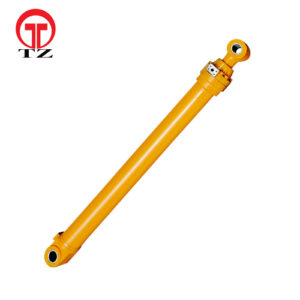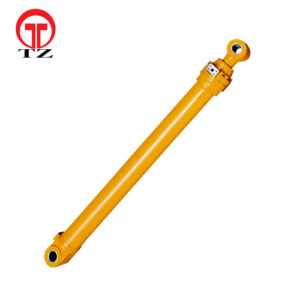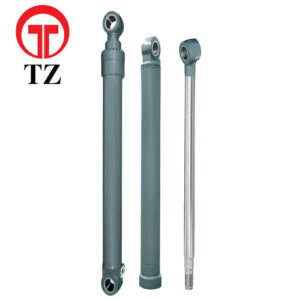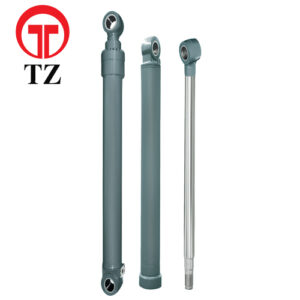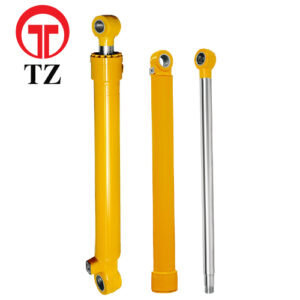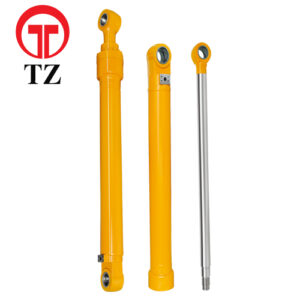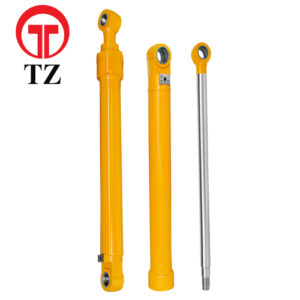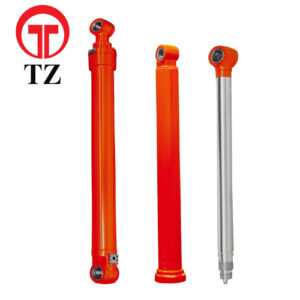excavator cylinder
An excavator cylinder is a component of the hydraulic system of an excavator that is responsible for providing the force required to operate various parts of the excavator, such as the boom, arm, and bucket. Excavator cylinders typically consist of a cylindrical body, a piston, a rod, and a set of seals.
When the hydraulic system of the excavator is pressurized, the hydraulic fluid pushes against the piston, causing it to move within the cylinder. This motion is transmitted to the rod, which extends or retracts from the cylinder depending on the direction of the hydraulic pressure.
Excavator cylinders come in a variety of types and sizes to suit different applications and requirements. Some common types include boom cylinders, arm cylinders, bucket cylinders, and tilt cylinders. They may also vary in terms of their stroke length, bore diameter, and operating pressure.
Maintaining the excavator cylinders is important for ensuring the optimal performance and longevity of the excavator. This includes regular inspection for leaks, wear, and damage, as well as ensuring that the correct hydraulic fluid is used and that the system is properly maintained and serviced.
Showing 1–9 of 11 results
-
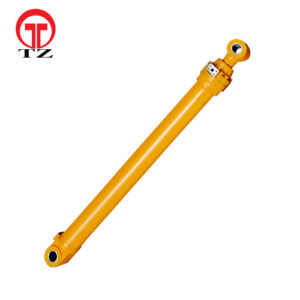
E305 CAT Excavator Boom Cylinder Assy
-

E325B CAT Excavator Boom Cylinder Assy
-

E374DL CAT Excavator Boom Cylinder Assy
-

EC55B VOLVO Excavator Boom Cylinder Assy
-

EC700B VOLVO Excavator Boom Cylinder Assy
-

PC200-8 KOMATSU Excavator Boom Cylinder Assy
-

R250-7 HYUNDAI Excavator Boom Cylinder Assy
-

R480-9 HYUNDAI Excavator Boom Cylinder Assy
-

Replacement Hydraulic Boom Cylinder for S225 DOOSAN Excavator

